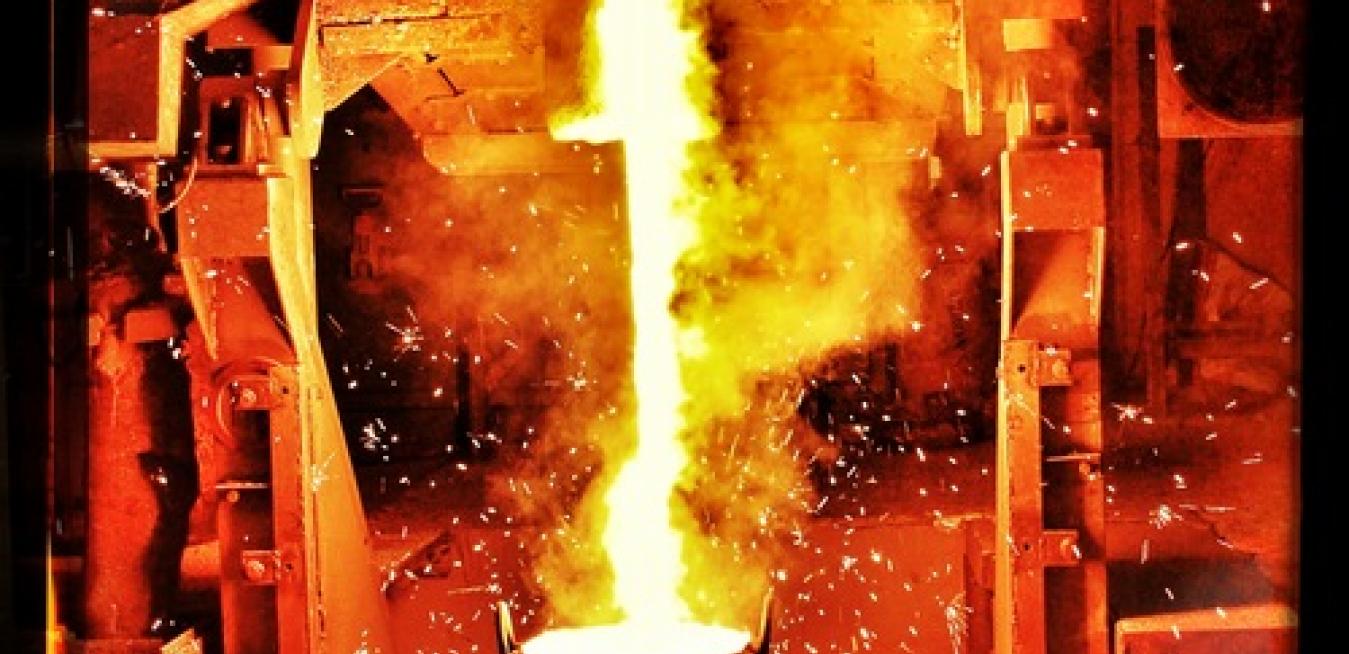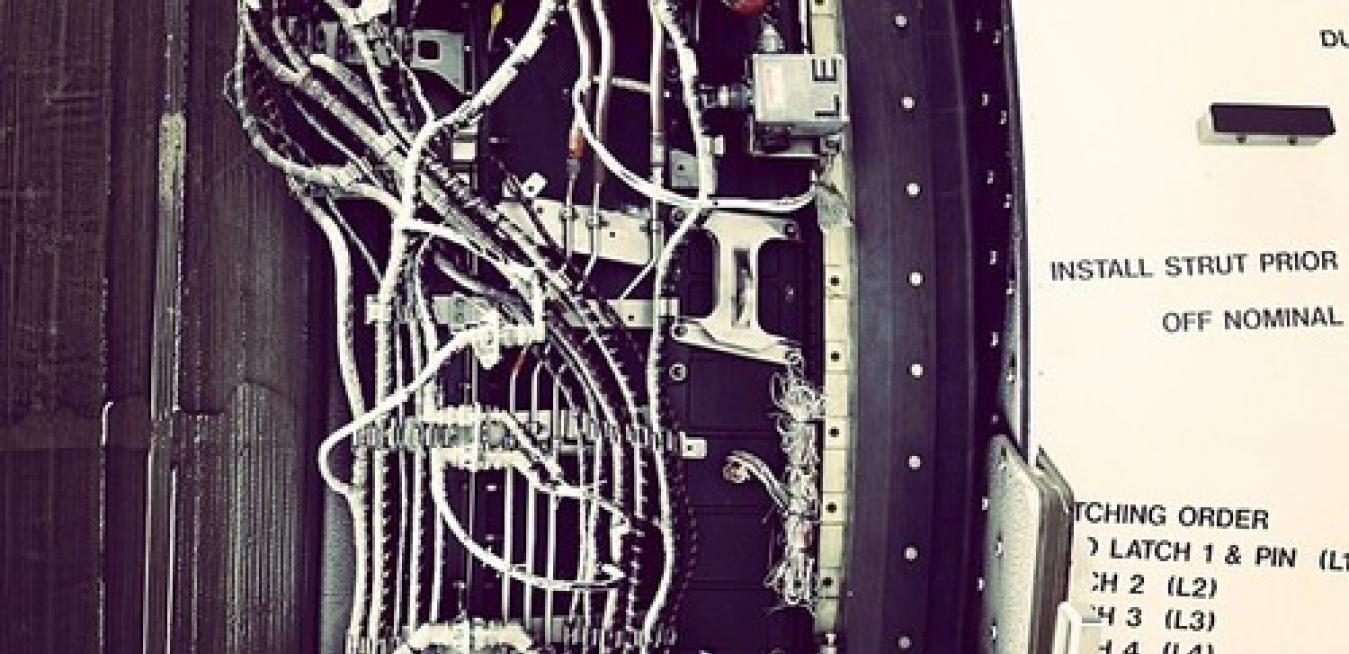Getting shale gas out of the ground is one thing. But taking it to customers is quite another.
American pipeline operators are investing as much as $40 billion every year to maintain, modernize and expand their networks. The shale gas boom is putting operators under pressure to move more gas to market faster and more safely, and many U.S. pipelines have been in service for at least two decades.
The system, which has already tracked more than 3 million flights and gathered 340 terabytes of data, can analyze data 2,000 times faster than previous methods and cut costs tenfold. It is so powerful that it crunched through a complex task that would have taken a month to compute in just 20 minutes.
Africa’s economic expansion was largely driven by commodities over the last decade. But today, satisfying demand involves more than just pulling ore and minerals from the ground faster. Companies like South Africa’s platinum producer Lonmin are embracing the Industrial Internet and Big Data to go smarter about their jobs.
At first glance, Air Asia’s fleet of Airbus A320 planes look like any other passenger aircraft. But look under the hood and you will find an array of sensors and proprietary technology developed by GE that make their pilots smarter.
There is more to the Internet of Things (IoT) than FitBits and smartphone-controlled thermostats. While consumer goods are some of the IoT’s most visible applications, they’re just one part of the vast and game-changing phenomenon that could soon encompass 200 billion connected devices and add trillions of dollars to the economy.














